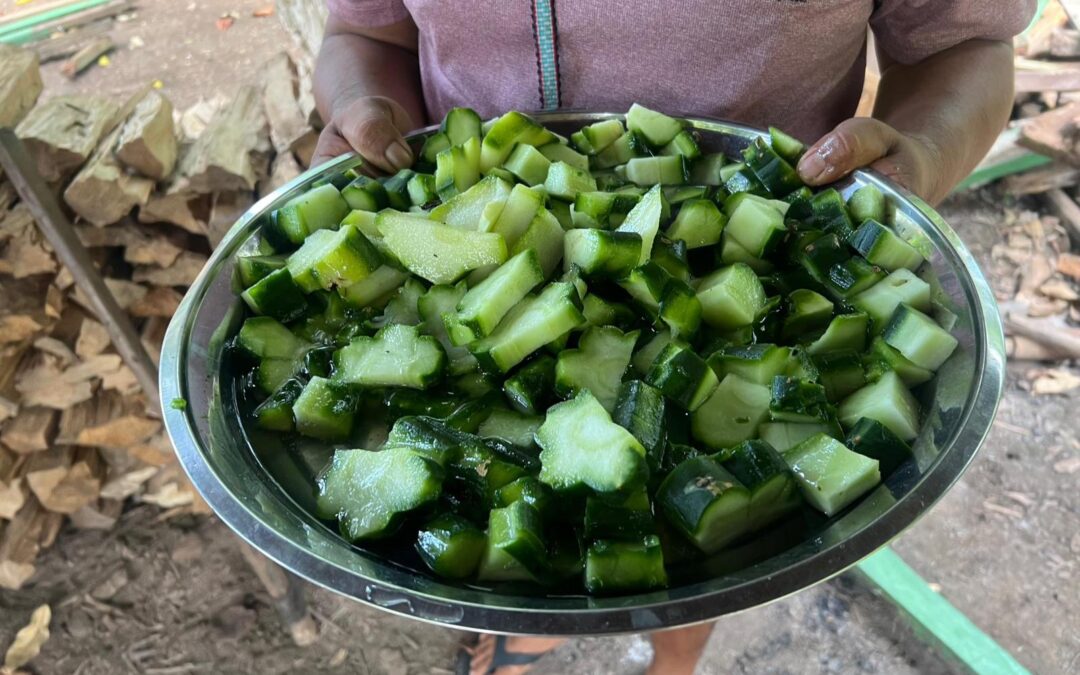Introduction
Peru is one of the most biodiverse countries in the world, with a rich tradition of using medicinal plants and ancestral sacred ceremonies. These traditional practices—including the use of ayahuasca and San Pedro (huachuma)—have been passed down through generations as an integral part of indigenous and Amazonian cultures. Today, the scientific community is actively investigating these natural resources to better understand their therapeutic potential, particularly in the context of cardiovascular health and blood pressure management.
This article explores the impact of these plants and ceremonies on health from a clinical perspective, examining scientific research, traditional experience, and practical applications in the management of hypertension and other cardiovascular disorders.
Medicinal Plants in Peru: An Ancient Heritage
Peru is home to vast biodiversity, with over 25,000 plant species, many of which have been used for medicinal purposes for centuries. Traditional Peruvian medicine has developed deep knowledge of how to use these plants to treat various conditions, including cardiovascular problems.
Key Examples:
Cat’s Claw (Uncaria tomentosa): Known for its anti-inflammatory and antioxidant properties, this plant is being studied for its potential to reduce vascular inflammation and improve arterial health.
Maca (Lepidium meyenii): Although best known for its energizing and hormonal effects, recent studies suggest maca may indirectly support cardiovascular health.
Coca Leaves: Traditionally used to improve circulation and relieve pain, coca leaves contain alkaloids that, in controlled doses, may have vasodilatory effects.
These plants are part of Peru’s ancestral knowledge and are currently the subject of scientific research aimed at validating their effects in modern healthcare, including their impact on blood pressure.
Ayahuasca and San Pedro: Ancestral Ceremonies in Modern Science
Ayahuasca
Ayahuasca, used in traditional ceremonies for centuries, is prepared from Banisteriopsis caapi and Psychotria viridis. Modern science has begun to examine its physiological and psycho-emotional effects:
Reduction of Stress and Anxiety: Studies published in Frontiers in Pharmacology indicate that ayahuasca can decrease cortisol levels and improve emotional regulation.
Effects on Blood Pressure: Although research is still preliminary, some studies suggest that the ayahuasca experience can produce a profound sense of calm and relaxation, which may help lower blood pressure in individuals with stress-related hypertension.
San Pedro (Huachuma)
The Echinopsis pachanoi cactus, known as San Pedro, has been used in Andean ceremonies to promote physical and spiritual healing:
Anxiolytic and Antidepressant Effects: Recent studies suggest that active compounds such as mescaline can influence neurochemistry, promoting feelings of calm and well-being.
Autonomic Nervous System Modulation: Clinical evidence indicates that San Pedro may modulate the activity of the sympathetic and parasympathetic nervous systems, which are responsible for vascular control and blood pressure regulation.
Limitations and Potential
While these studies are promising, research in humans remains limited. More evidence is needed to fully understand how these ceremonies and plants affect blood pressure and cardiovascular health overall.
Scientific Studies on Plants, Blood Pressure, and Cardiovascular Health
Current Clinical Evidence
Many studies have focused on traditional medicinal plants and their influence on blood pressure:
Hibiscus (Hibiscus sabdariffa): Meta-analyses published in the Journal of Hypertension (2013) demonstrate a significant reduction in blood pressure among hypertensive individuals who regularly consume hibiscus tea.
Garlic (Allium sativum): Reviews in The Journal of Nutrition (2013) show that garlic can reduce both systolic and diastolic blood pressure due to its vasodilatory and antioxidant effects.
Extracts of Peruvian Plants: Preliminary studies in Amazonian communities are exploring the antihypertensive potential of plants such as cat’s claw and maca, with encouraging initial results.
Clinical Perspective and Therapeutic Integration
From a medical standpoint, these plants and ceremonies can serve as useful adjuncts in managing hypertension, provided they are used under professional supervision. Evidence suggests that, when used in controlled doses and combined with lifestyle modifications, they may reduce reliance on medications and improve quality of life.
Risks and Precautions
Drug Interactions: Some plants may interact with antihypertensive or anticoagulant medications.
Adverse Effects: Improper use or high doses can cause undesirable side effects. It is always recommended to consult a healthcare professional.
Need for Further Research: Additional scientific studies are required to validate these effects and determine safe and effective dosages.
Practical Applications and Clinical Recommendations
Integration into Health Programs: Incorporating medicinal plants and traditional ceremonies into integrative health programs may offer additional benefits, but always under medical supervision.
Continuous Monitoring: Regular blood pressure measurements and clinical evaluations are essential to adjust treatments and ensure safety.
Education and Cultural Respect: Promoting responsible use of these plants and ceremonies, respecting both tradition and scientific evidence, is crucial.
Conclusion
Traditional medicinal plants in Peru, along with ayahuasca and San Pedro ceremonies, represent a valuable cultural heritage and a therapeutic potential supported by emerging scientific research. From a clinical perspective, their responsible, supervised, and complementary use may contribute to improved cardiovascular health, reduced stress, and enhanced emotional well-being. However, it is essential to continue research and promote safe practices for integrating these therapies into the conventional healthcare system.
Ayahuasca Peru
Best Ayahuasca Retreats Peru
Ayahuasca Iquitos
Best Ayahuasca retreat in the world
Shamanic School Peru
Flower of life Ayahuasca Peru
Ayahuasca Healing Center
Spiritual Retreat Peru
We would be delighted to welcome you to our sanctuary, where experienced shamans and facilitators will guide you through sacred ceremonies and rituals with reus at the Flower of Life Ayahuasca Healing Center for an unforgettable experience in the heart of Peru’s Amazonian Rainforest. Embrace the opportunity to reconnect with yourself, nature, and the sacred traditions of the jungle, and embark on a journey of self-discovery and empowerment. We look forward to walking this path with you and supporting you on your quest for healing and transformation.
www.floweroflifeperu.com

